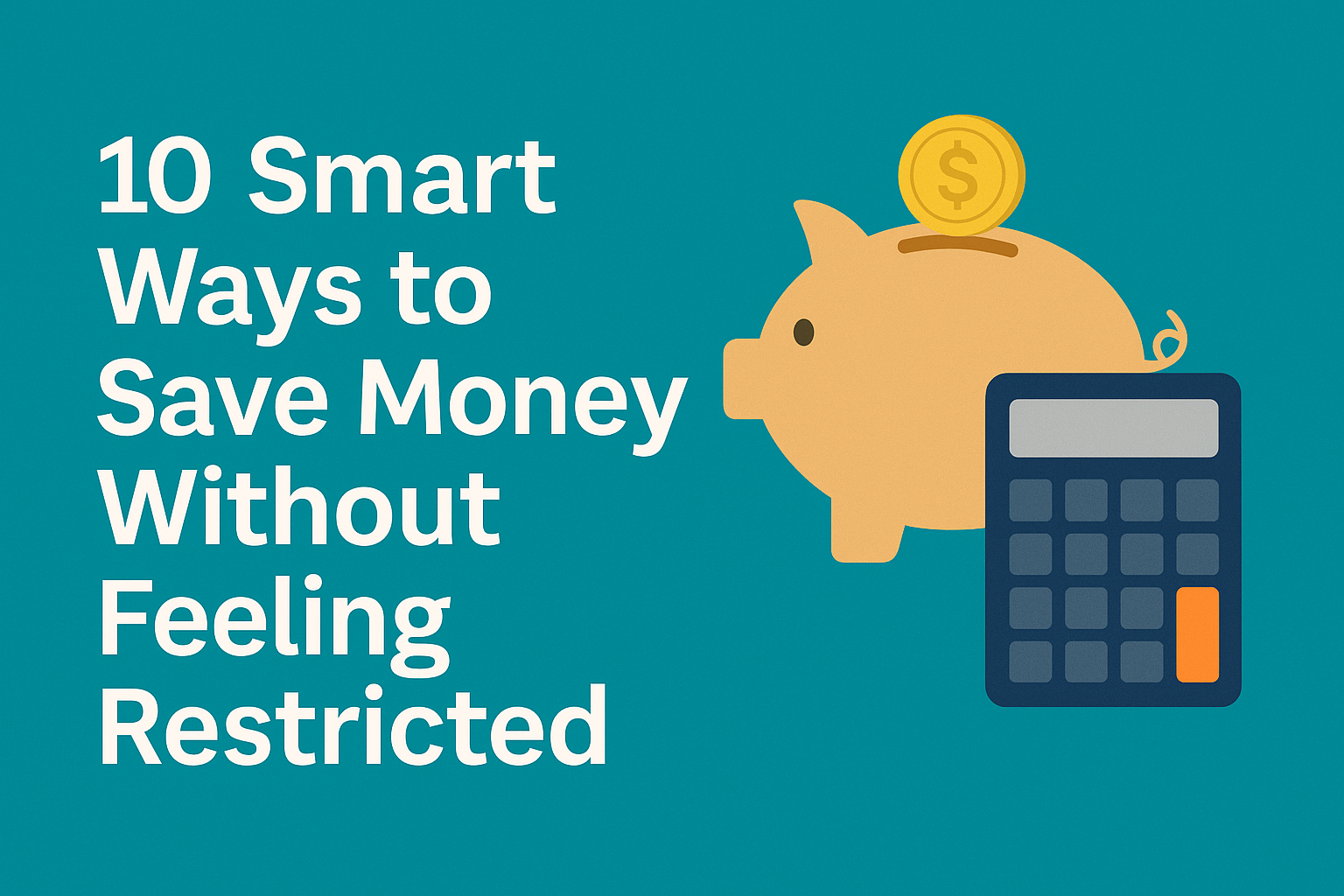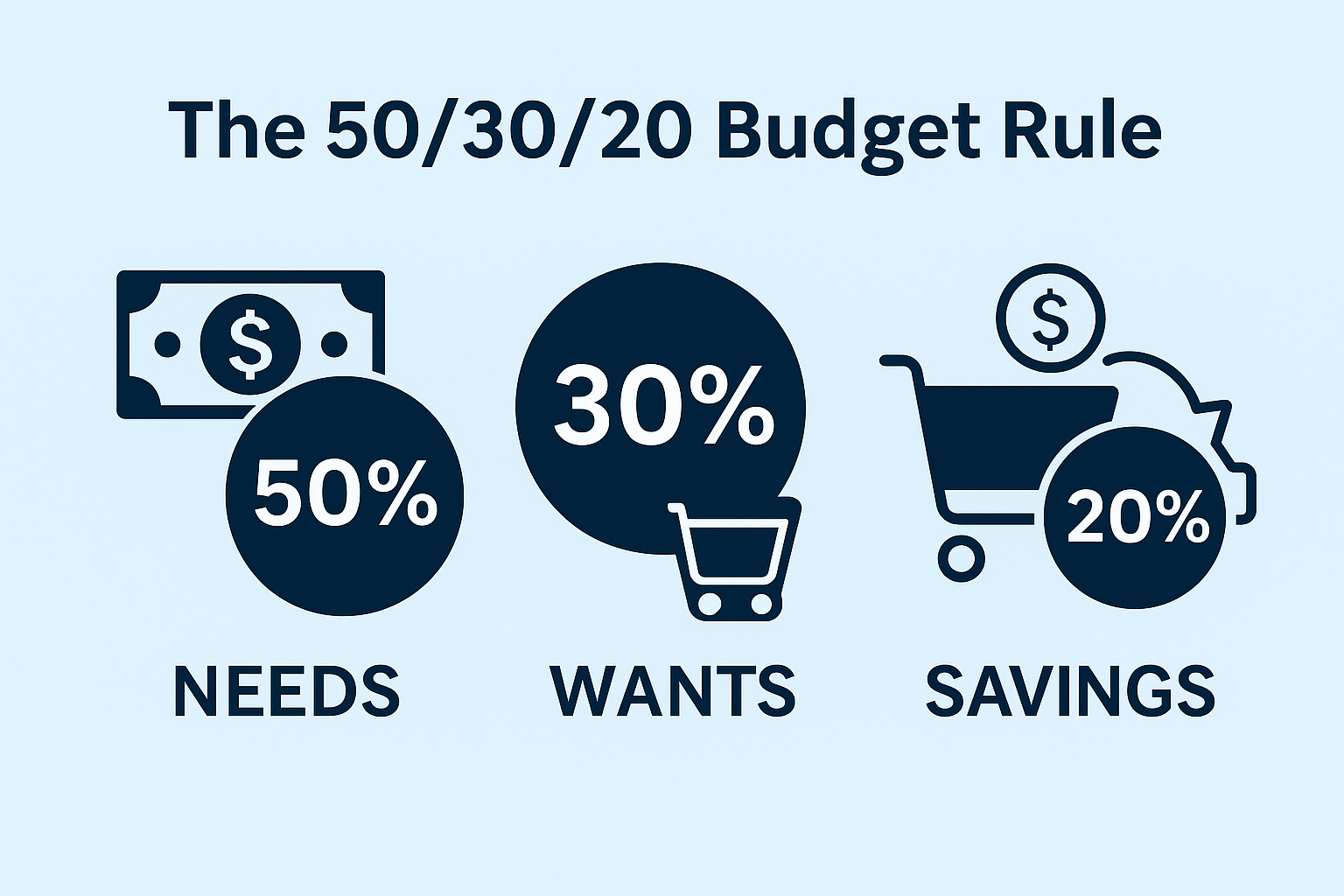In 2025, your savings don’t have to sit idle.
Thanks to high-yield savings accounts (HYSAs), you can earn real interest on your money while keeping it safe and accessible.
But not all savings accounts are created equal. Interest rates, fees, and digital features vary — and with inflation cooling, choosing the right one matters more than ever.
Here’s your 2025 guide to the best high-yield savings accounts in the U.S., based on interest rates, usability, and trustworthiness.
1. Why High-Yield Savings Accounts Matter
Traditional savings accounts from big banks like Chase or Bank of America still offer less than 0.05% APY — practically nothing.
In contrast, high-yield savings accounts (especially online banks) now pay 4–5% APY or more, meaning your money grows passively without risk.
💡 Example:
If you save $10,000 in a 4.5% HYSA, you’ll earn about $450 per year, versus $5 in a traditional account.
That’s the power of compounding interest — without locking your cash away like a CD (Certificate of Deposit).
(Related: 7 Financial Habits That Will Make You Rich Over Time)
2. What to Look for in a Good HYSA
When comparing accounts, focus on more than just the rate.
Here’s what really counts:
| Feature | Why It Matters |
|---|---|
| APY (Annual Percentage Yield) | The higher, the better — it determines your returns. |
| Minimum Balance | Some accounts require $0; others need $1,000+. |
| Monthly Fees | Avoid any account with maintenance charges. |
| Transfer Speed | The faster you can move money, the better for emergencies. |
| FDIC or NCUA Insurance | Ensures your money is protected up to $250,000. |
| Mobile App Quality | A smooth, intuitive interface makes saving easy. |
3. Top 5 High-Yield Savings Accounts (2025 Update)
🥇 1. UFB Direct High-Yield Savings — 5.25% APY
- Best for: Highest rate overall
- Pros: No monthly fees, top-tier mobile app
- Cons: Slightly slower transfers (1–2 days)
- Minimum balance: $0
💬 Why it’s great: One of the highest rates in the country with a long history of reliability.
🥈 2. Bread Savings — 5.15% APY
- Best for: Consistent, stable rates
- Pros: Strong customer reviews, simple setup
- Cons: Online-only (no physical branches)
- Minimum balance: $100
💬 Why it’s great: Offers strong rates without requiring large deposits — great for beginners.
🥉 3. MyBankingDirect SuperSaver — 5.20% APY
- Best for: Easy digital transfers
- Pros: High rate + smooth online platform
- Cons: Limited customer support hours
- Minimum balance: $0
💬 Why it’s great: Perfect for people who move money frequently between checking and savings.
💳 4. CIT Bank Platinum Savings — 5.00% APY
- Best for: Savers with larger balances
- Pros: Excellent reputation, FDIC-insured
- Cons: Requires $5,000 minimum for best rate
💬 Why it’s great: Ideal for mid-term savers who keep their funds parked for growth.
💼 5. SoFi Checking & Savings — 4.60% APY
- Best for: All-in-one banking
- Pros: No fees, cash-back debit card, modern design
- Cons: Must set up direct deposit for full APY
💬 Why it’s great: Perfect for everyday users who want simplicity and flexibility.
(Related: How to Pay Off Credit Card Debt Fast in 2025)
4. Honorable Mentions
A few other strong contenders worth noting:
- Barclays Online Savings – 4.35% APY, simple and trusted.
- Discover Online Savings – 4.25% APY, strong customer support.
- Ally Bank – 4.20% APY, reliable and beginner-friendly.
5. Pro Tips to Maximize Your Savings
💡 Even with a great rate, your strategy matters.
- Automate your transfers. Treat saving like a monthly bill you pay yourself.
- Avoid unnecessary withdrawals. Some banks limit transfers per month.
- Keep your emergency fund here. It earns interest yet stays liquid.
- Review your APY quarterly. Banks can adjust rates anytime.
📊 Smart savers move their money where it works hardest — just like investors rebalance portfolios.
Final Thought
In 2025, your savings deserve better than a 0.05% return.
High-yield savings accounts are the easiest way to grow wealth passively, stay flexible, and beat inflation safely.
Whether you’re building your first emergency fund or managing six figures, the key is consistency — and choosing the right home for your money.
Because in today’s economy, your bank choice is an investment decision too.
(Also read: Emergency Fund 101: How Much Do You Really Need?)

